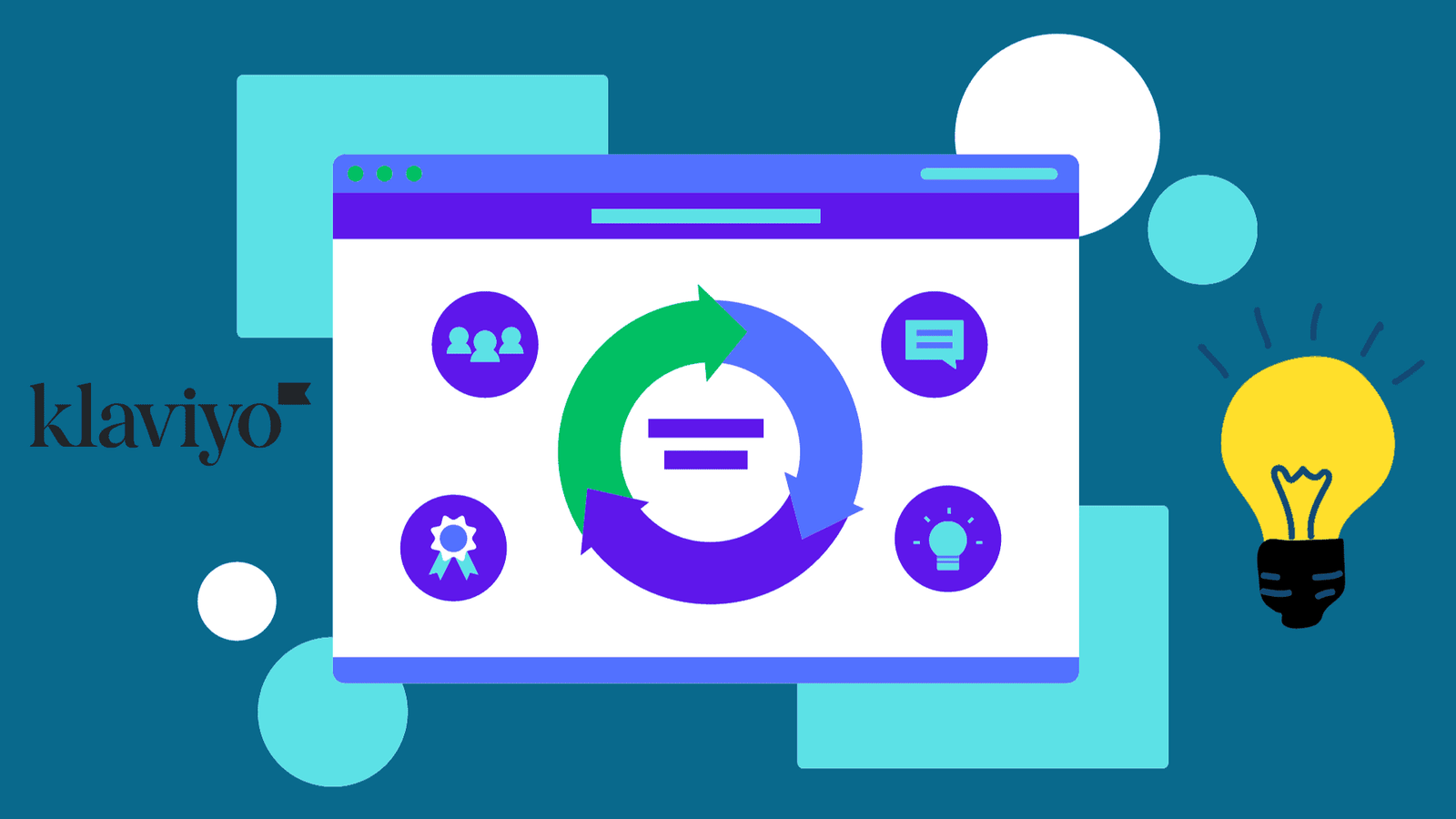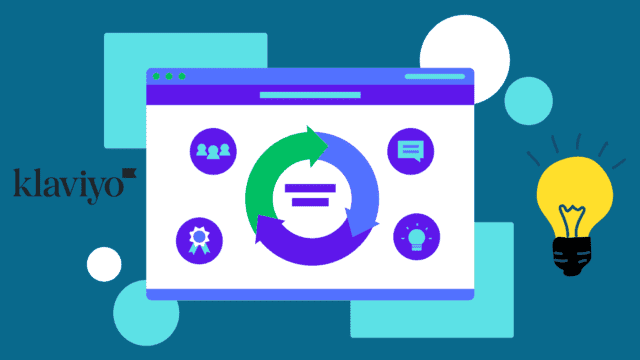Learn about a business line of credit: What it is, how to apply, and when to use it. Get step-by-step instructions with this ultimate guide!
The Ultimate Guide to Securing a Business Line of Credit
Whether you’re a startup or an established company, having access to a business line of credit can be a game-changer for your business. It provides you with a flexible source of funding that you can tap into whenever you need it. How to Apply for a Business Line of Credit? To help you secure a line of credit, we’ve put together this ultimate guide with step-by-step instructions:
1. Understand the Basics
Before you start the application process, it’s important to understand the basics of a business line of credit. It is a revolving credit facility that allows you to borrow money up to a predetermined credit limit. You can withdraw funds as needed, pay back what you borrow, and then borrow again. Unlike a traditional loan, you only pay interest on the amount you borrow.
2. Evaluate Your Business Finances
Lenders will evaluate your business finances to determine whether you qualify for a line of credit. Start by reviewing your financial statements, such as your balance sheet and income statement. Make sure your financial records are accurate and up-to-date.
3. Build a Strong Credit Profile
Maintaining a strong credit profile is essential when applying for a business line of credit. Pay your bills and outstanding debts on time, and try to keep your credit utilization ratio low. This ratio represents the amount of credit you’re using compared to the total credit available to you.
4. Prepare Your Business Plan
Having a solid business plan is crucial for lenders to understand your business and its potential for success. Your business plan should include information about your company, products or services, target market, competition analysis, and financial projections.
5. Research Potential Lenders
Shop around and research different lenders to find the one that best suits your business needs. Look for lenders who specialize in providing lines of credit to companies similar to yours. Compare interest rates, repayment terms, and any additional fees or requirements.
6. Gather Required Documentation
Each lender will have specific requirements for documentation. Typically, you’ll need to provide financial statements, tax returns, bank statements, business licenses, and legal documents related to your business. Make sure to gather all necessary documents before starting the application process.
7. Submit Your Application
Once you have all your documentation in order, it’s time to submit your application. Take your time to complete the application accurately and provide all the required information. Double-check everything before submitting to ensure there are no errors.
8. Follow Up and Be Patient
After submitting your application, follow up with the lender to confirm they have received it. Be patient during the review process, as it may take some time for the lender to evaluate your application and make a decision.
9. Maintain a Good Relationship with Your Lender
If your application is approved and you secure a business line of credit, it’s important to maintain a good relationship with your lender. Make payments on time, communicate any changes in your business, and be transparent with your lender.
10. Use the Line of Credit Responsibly
It can be a valuable tool, but it’s essential to use it responsibly. Only borrow what you need and can afford to pay back. Use the funds to invest in your business, manage cash flow, or seize growth opportunities.
Remember, securing a line of credit requires careful planning, preparation, and a strong financial foundation. By following this ultimate guide, you’ll be well-equipped to navigate the application process and increase your chances of getting approved.
11. 5 Tips for Getting a Business Line of Credit Today
If you’re looking to secure a business line of credit today, here are five tips to help you on your journey:
- Evaluate Your Creditworthiness: Before applying for a line of credit, assess your creditworthiness. Lenders typically personal and business credit scores, so make sure they are in good standing. Review your credit reports, address any errors or discrepancies, and work on improving your credit if needed.
- Prepare Your Financial Documents: Lenders will require various financial documents to assess your eligibility. Gather important documents such as financial statements, tax returns, bank statements, and your business plan. Having these documents ready in advance will streamline the application process.
- Research Lending Options: Explore different lending options to find the best fit for your business. Look for lenders that specialize in lines of credit and understand your industry. Compare interest rates, terms, and any additional fees associated with the credit line.
- Demonstrate Strong Financial Health: Lenders want to see that your business is financially stable and capable of managing debt. Showcase your positive cash flow, steady revenue growth, and a healthy balance sheet. This will increase your chances of securing a business line of credit.
- Build Relationships with Lenders: Cultivate relationships with potential lenders. Attend industry events, network with professionals in your field, and engage with lenders through business associations. Building rapport and trust can enhance your chances of getting a business line of credit. Also, The Benefits of Having a Business Line of Credit.
12. The Best Business Line of Credit Providers
When it comes to finding the best business line of credit providers, there are several factors to consider, including interest rates, repayment terms, fees, and customer service. While the suitability of a provider depends on your specific business needs, here are some reputable options to consider:
- Wells Fargo: Wells Fargo offers a range of business lines of credit options, including secured and unsecured options. They provide competitive interest rates and flexible repayment terms, making them a popular choice among small and medium-sized businesses.
- Chase: Chase is another well-established bank that offers business lines of credit. They provide competitive rates, convenient online tools for managing your credit line, and a variety of customizable credit solutions to meet your business needs.
- Bank of America: Bank of America offers business lines of credit for both small and large enterprises. They provide flexible credit lines, competitive rates, and convenient access to funds. In addition, their online banking platform offers easy management of your credit account.
- Citibank: Citibank offers business lines of credit designed to meet the needs of businesses of all sizes. They provide competitive interest rates, flexible repayment options, and convenient online banking services.
- U.S. Bank: U.S. Bank is known for its personalized approach to business banking. They offer business lines of credit with competitive rates, flexible repayment terms, and a range of customized credit solutions to meet your specific business needs.
- Kabbage: Kabbage is an online lender that specializes in providing business lines of credit to small businesses. They offer fast and easy online applications, competitive rates, and convenient access to funds. Kabbage is known for its flexible eligibility criteria, making it a popular choice for startups and businesses with less established credit histories.
13. Compare the Best Business Lines of Credit
Here are the best business lines of credit providers along with specific details about their line of credit, APR range, loan amounts, and loan terms:
| Provider | Line of Credit | APR Range | Loan Amounts | Loan Terms |
|---|---|---|---|---|
| Wells Fargo | $5,000-$100,000 | 7.75%-22.99% | $5,000-$100,000 | 1-5 years |
| Chase | $10,000-$500,000 | 7.00%-24.00% | $10,000-$500,000 | 1-5 years |
| Bank of America | $10,000-$100,000 | 8.00%-22.25% | $10,000-$100,000 | 1-10 years |
| Citibank | $10,000-$500,000 | 7.99%-23.99% | $10,000-$500,000 | 1-5 years |
| U.S. Bank | $10,000-$250,000 | 6.99%-23.99% | $10,000-$250,000 | 1-4 years |
| Kabbage | Up to $250,000 | Fee-Based | $1,000-$250,000 (Flexible Credit Line) | 6-12 months (Flexible Repayment Schedule) |
These providers offer various lines of credit with different APR ranges, loan amounts, and loan terms. It’s important to carefully consider your specific business needs, creditworthiness, and financial goals to choose the most suitable option.
Best of luck with your business line of credit journey!
Bottom line
Having access to a business line of credit can benefit both startups and established companies. This ultimate guide provides step-by-step instructions on how to secure a business line of credit. It covers understanding the basics, evaluating your business finances, building a strong credit profile, preparing a business plan, researching potential lenders, gathering required documentation, submitting your application, following up with the lender, maintaining a good relationship, and using the line of credit responsibly. Additionally, there are tips for getting a business line of credit today, information on the best providers, and a comparison of their offerings. Remember, it’s essential to carefully evaluate your business needs and seek professional advice before making any financial decisions.
Disclaimer: The information provided in this guide is for informational purposes only and should not be considered financial or legal advice. It’s always recommended to consult with professionals before making any financial decisions.


















